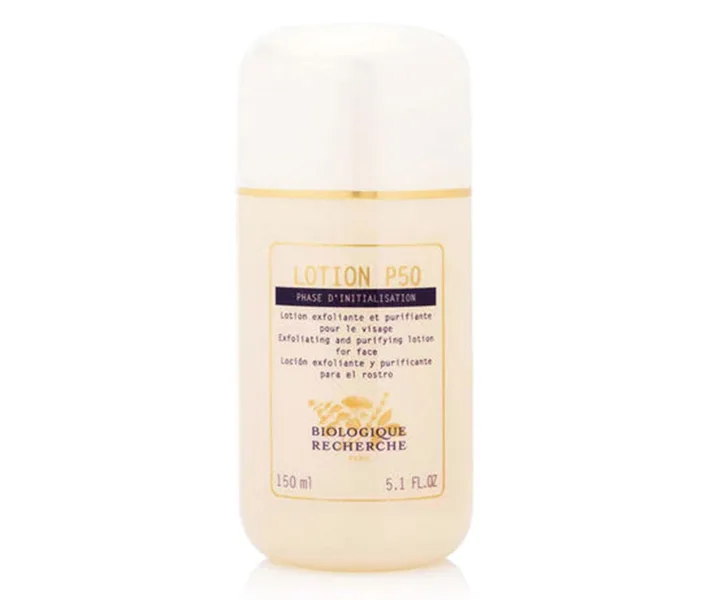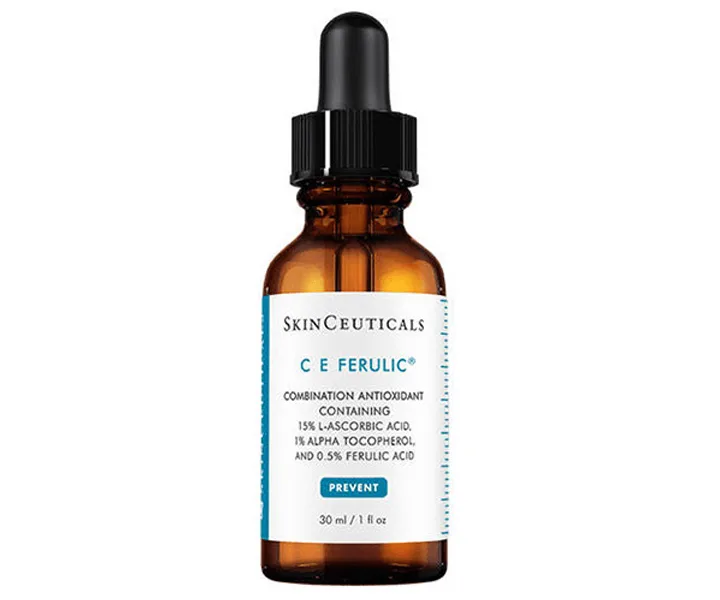Ask any self-professed skincare lover for a rundown of their routine and there’s bound to be an acid (or two) in there. But the thing is, no two acids are the same.
For example, the plumping benefits of hyaluronic acid (which is a humectant), couldn’t be further from the skin buffing benefits of glycolic acid (which is an AHA).
Different acids can provide different benefits, or in some cases, marry better with different ingredients (ie. the other steps of your routine). Yep, the world of face acids is a confusing one, but it can also be so great when you get it right.
So to help you navigate your way to acid euphoria, we spoke to Vita Catanzariti, Dermal Therapist and Director of Dolce Vita Skin, to create this helpful guide.
Does every skin type need an acid?
First things first, it’d be helpful to know if you even need an acid in your routine. The short answer? Yes.
According to Catanzariti, “given their ability to improve and correct a variety of skin types, adding acids to your skincare routine can be hugely beneficial.”
She says that one of the biggest misconceptions surrounding acid is that “many people think that acids are for specific skin types only” ie. oily or combination. “But in fact, they are widely responsive” to most.
In general, she explains that ‘superficial acids’ “will remove the outermost layers of the skin, both brightening and boosting your skin’s radiance. It will help your skin shed impurities on the surface, giving fine lines and wrinkles a more hydrated appearance.”
Lotion P50 from Biologique Recherche is one acid all-rounder that Catanzariti consistently recommends to her clients, but she provides a more detailed breakdown for different skin types below.

Biologique Recherche Lotion P50, POA at Dolce Vita Skin
The best acids for each skin type
Just like knowing your skin type is incredibly helpful when building a skincare routine, the same goes for selecting acids. Here’s a quick run-through from Catanzariti:
For oily skin: azelaic acid, glycolic acid, lactic acid, salicylic acid, ferulic acid.
For sensitive skin: azelaic acid, ferulic acid.
For dry skin: lactic acid, hyaluronic acid.
For acne-prone skin: azelaic acid, glycolic acid, lactic acid and mandelic acid.

The Ordinary Lactic Acid 10% + HA, $12.70 at Adore Beauty

Paula’s Choice Skin Perfecting 2% BHA Liquid Exfoliant, $38 at paulaschoice.com.au

SkinCeuticals C E Ferulic Serum, $218 at Adore Beauty
Can I use more than one acid in my routine?
You’ll notice more than one acid is listed per skin type above, but when it comes to mixing or using more than one, Catanzariti recommends seeking “the right professional advice” first.
She explains that use will depend on the skin’s condition and the correct form of acids being used. If you’re keen on combining, she says “using lower pH acids, in particular, is an option, given their limited concentration.”
Are there any acids that shouldn’t be used together?
Professional advice when mixing acids is recommended for a reason as “certain combinations could be a recipe for disaster,” says Catanzariti. Some mixing “should only be done in consultation with a licensed aesthetician”.
Generally speaking, some pairings to avoid include vitamin C with AHAs and BHAs, “as glycolic and salicylic acid can disturb the barrier function and alter the pH in the skin, causing redness, dryness and irritation to the surface of the skin.”
The same goes for using glycolic and salicylic together, “with burning the likely outcome due to significant stripping of the skin.”
On the flip side, Catanzariti speaks highly of using niacinamide in the same routine as acid, to avoid any complications with sensitive skin.
And remember, if the sole purpose of your acid use is exfoliation, hydration makes for an excellent next step.










